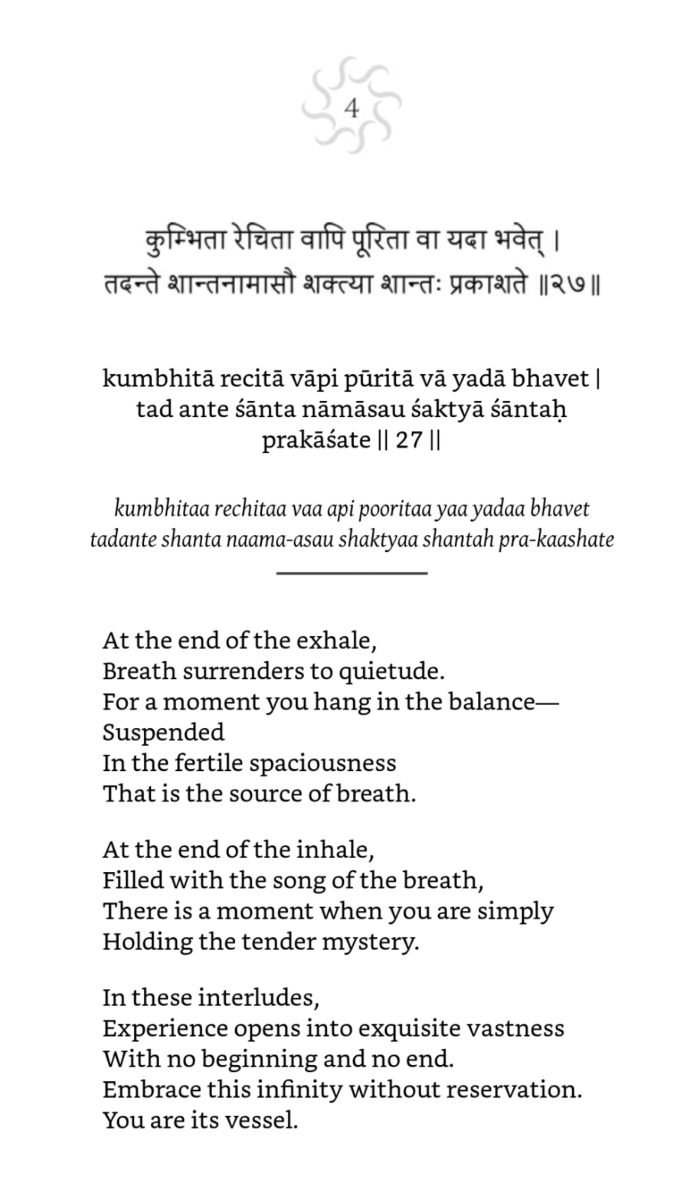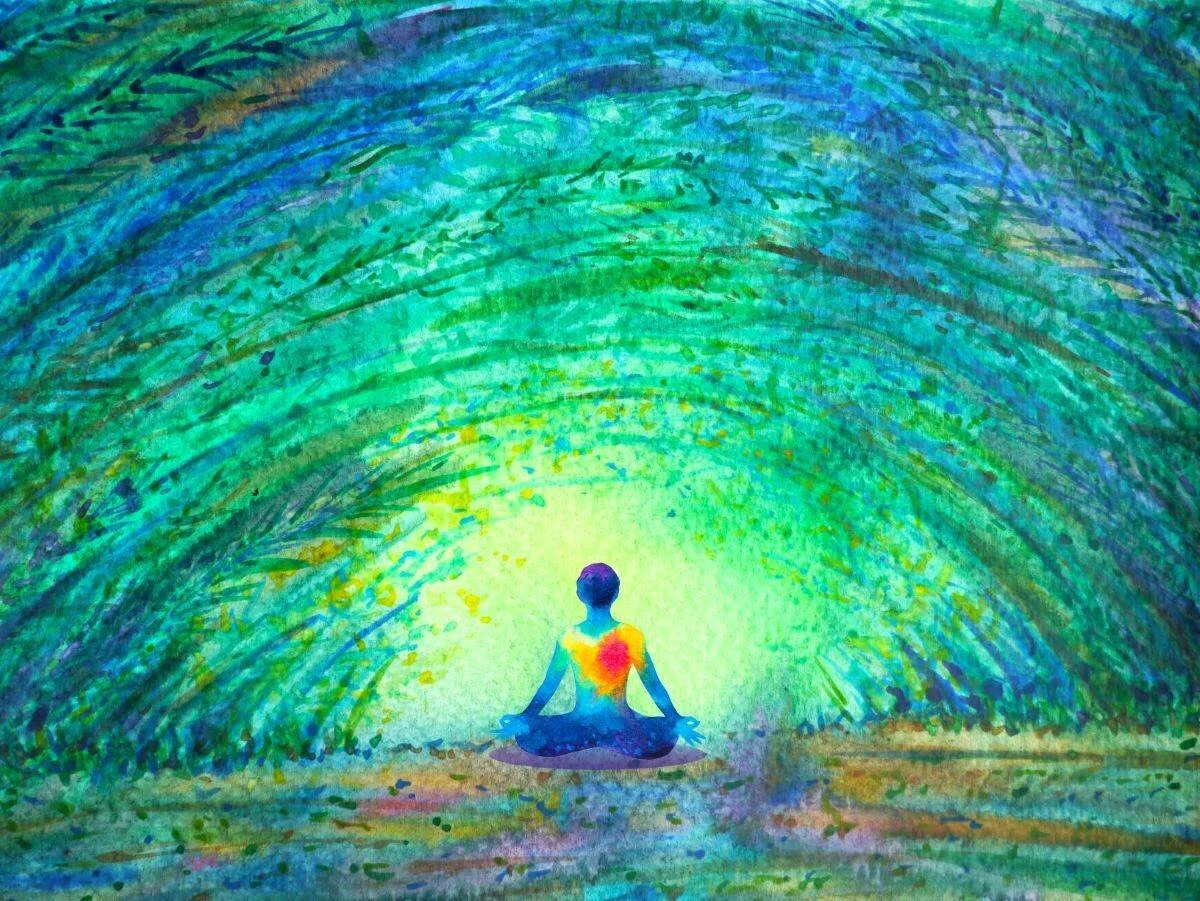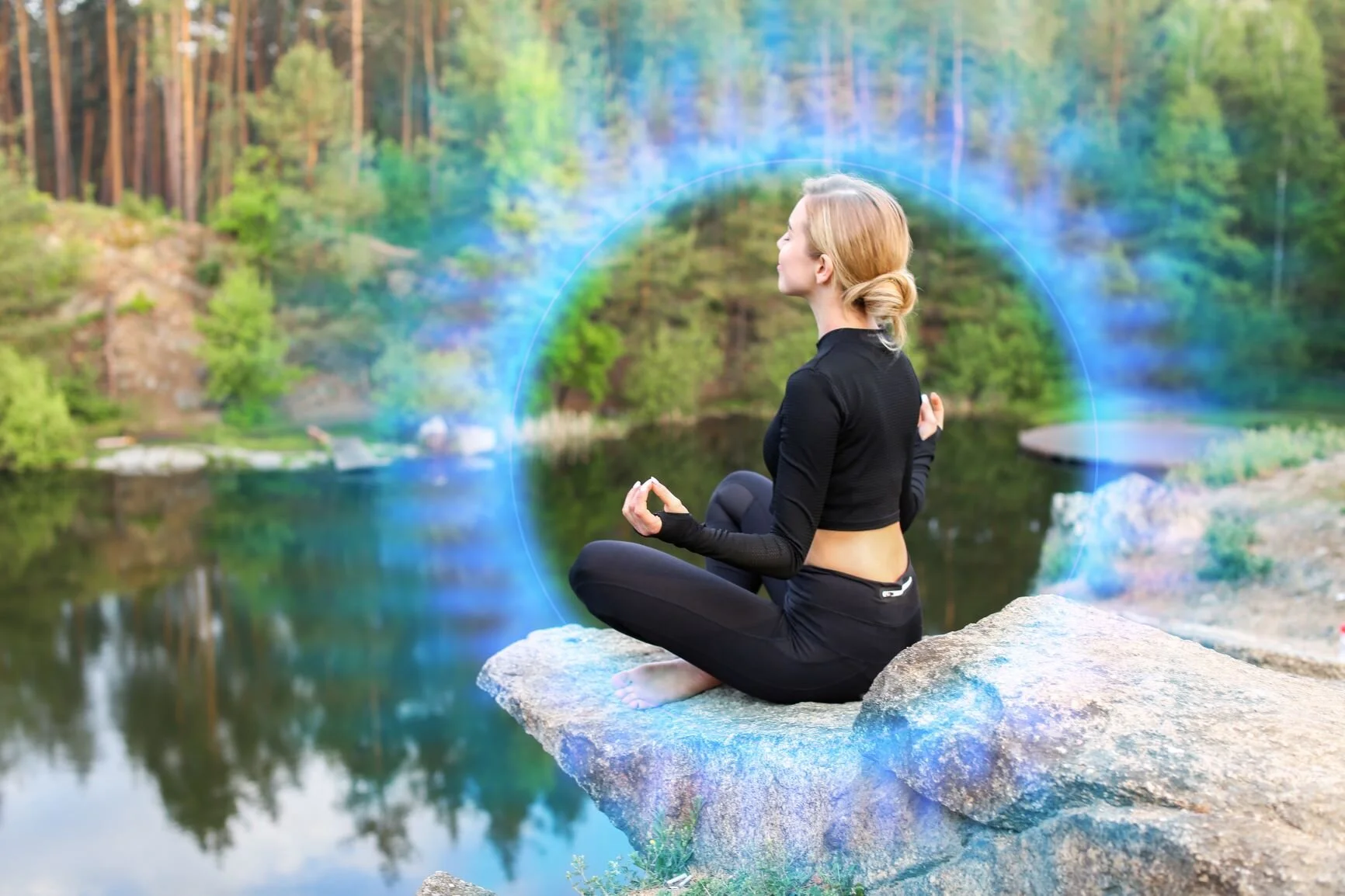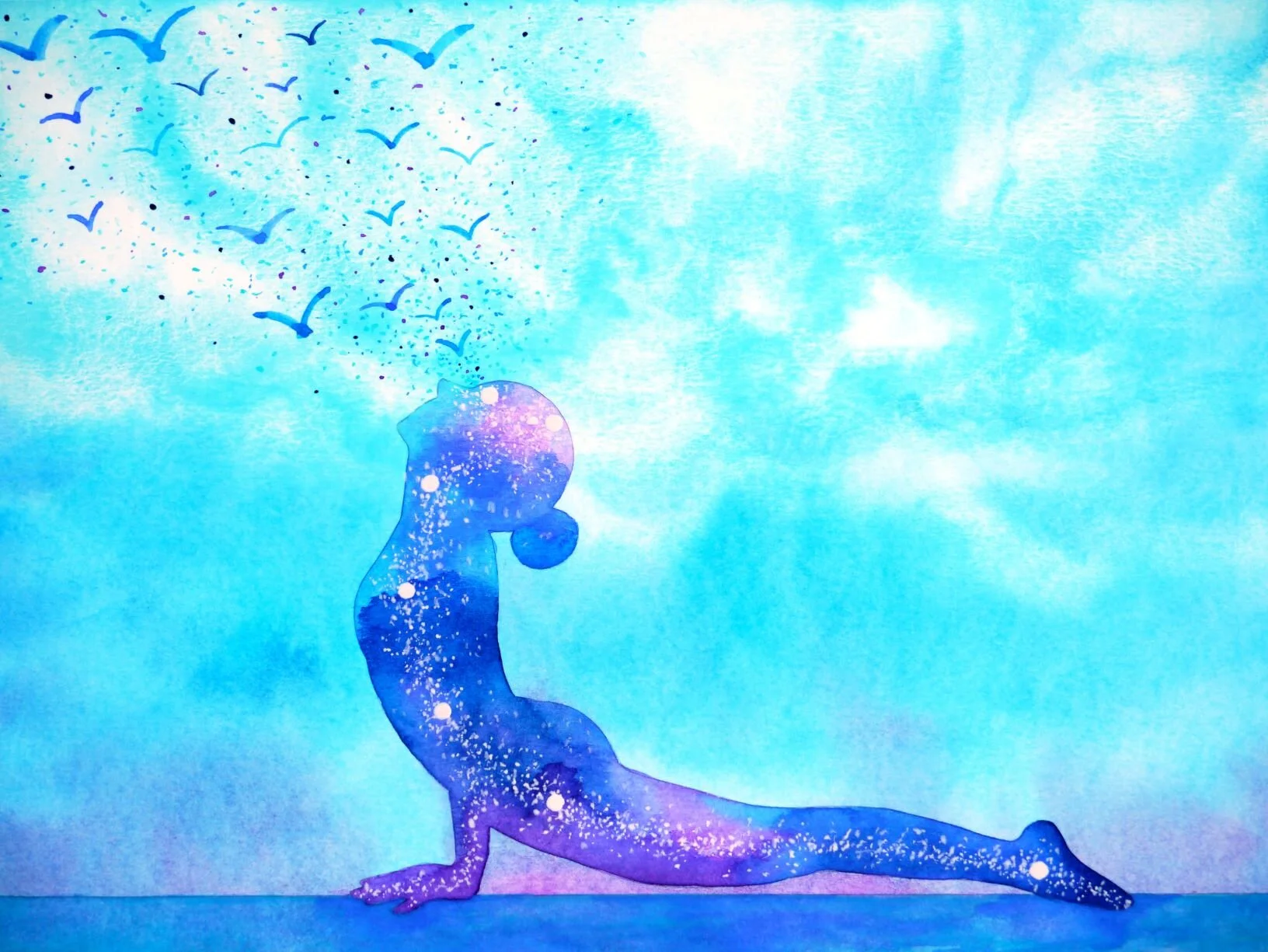Meditation in essence is a Path of Love, whatever terrain we are following, whatever map we are working with.
In today's world, astoundingly, almost all meditators are "just regular people," living their lives, and exploring meditation as part of their day, as a refuge, time of healing, and method of becoming more relaxed and centered in action.
We are all still mapping out this path, that we can call The Way of Intimacy, because it is very different to get up in the morning, walk the dogs, feed the kids, see them off to school, go to work, and so on – compared to waking up in a monastic cell and just following the monastic routine that is unchanged for centuries.
Previously, for thousands of years, "regular people who live in the world," were not much heard of in terms of meditation, the voices that have carried over the centuries are primarily those of specialists, almost exclusively males who separated themselves from the ordinary pursuits of relationships and business and having a home, and just gave their all to cultivating the techniques of meditation. I used to have thousands of books on meditation, from all manner of traditions around the world, and none of them contained anything resembling, "This morning I got up, grabbed half an hour of ecstatic meditation, then nursed the baby, make breakfast for the other kids, got back into bed to snuggle with my husband or lover, then went to work at my to-do list."
In its origins, the meditation tradition is based on the notion that there are four general currents of desire propelling human life: Love, freedom, satisfying work, and honor. In Sanksrit Kama Moksha Artha and Dharma. The purpose of yoga (in the past, yoga=meditation) is to enable an individual to fulfill these desires to the best of their ability. Yoga, or meditation, is a technology to enhance the coordination of all that is best in a person and to help them bring this to meet the needs and opportunities of the outer world.
Even when the methodology of the discipline involves renunciation, detachment, celibacy, and poverty, the overall aim is to free the individual up from everyday concerns so that they can devote themselves totally to God, or Cosmic Consciousness, however they construe the Higher Power and higher purposes of living.
Even when the path is The Way of the Warrior, it is still love, for warriors fight for the sake of the love of their team, and country, and cause. Above all, warriors train themselves so that war is unnecessary and unthinkable, and so that the rest of the 99% of humanity can just go about their business, and live their lives.
When the path is The Way of the Healer, we can see this is a path of love, certainly, attending to the wounds of body and heart and mind and soul, and encouraging health in all dimensions.
As you explore, "What is my path, what are the essential characteristics of MY way," keep in mind that you may touch upon many different tones as you explore what works. You may have elements of the Warrior Way that you summon from time to time, when dealing with a difficult conversation, or if you are a mother raising sons and daughters. You may touch upon the Way of the Healer, summoning that inner power, when listening to a friend who is suffering. You may even have an inner nun or monk, a steady presence that inspires and sustains you as you walk this way of human incarnation.
On this Path of Love, which is also a Way of Individuality, there is a lot of wondering to do. Even though we know ourselves only to a limited extent, we have to guess and explore as best we can, and find what works, by experimentation, trial and error. We have to discover who we are in conversation with life, just as when we are in relationships with friends and lovers, we discover who we are.
Meditation is a conversation with pranashakti, with the Life Force, however we like to name it. There is a give and take, a sense of adventure, and continual surprise on this path
Swami Brahmananda Saraswati






















